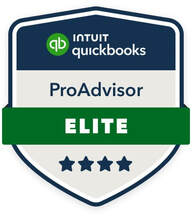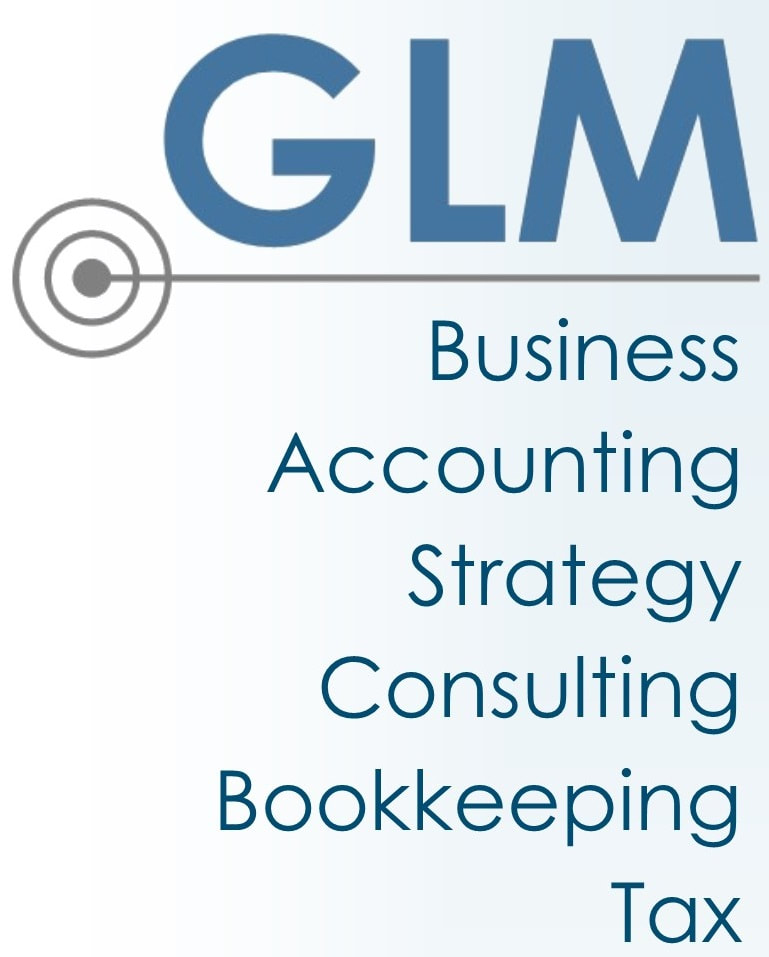Why Cybersecurity Training Matters
Cyber threats are becoming more sophisticated, targeting not just large corporations but also small businesses and individuals. Phishing attacks, malware, ransomware, and social engineering are some common tactics used by cybercriminals. Effective cybersecurity training equips employees with the knowledge to identify and mitigate these threats, thereby protecting sensitive information and maintaining business continuity.
Core Components of Cybersecurity Training
- Understanding Common Threats
- Phishing: Educate employees on recognizing phishing emails, which often contain malicious links or attachments. Emphasize the importance of verifying the sender and avoiding clicking on suspicious links.
- Malware: Train staff to avoid downloading or opening files from untrusted sources. Highlight the risks associated with malicious software and the need for up-to-date antivirus protection.
- Social Engineering: Explain how attackers manipulate individuals to divulge confidential information. Encourage a skeptical attitude towards unsolicited requests for sensitive data.
- Implementing Strong Password Practices
- Complexity: Advise using a mix of upper and lower-case letters, numbers, and special characters in passwords.
- Uniqueness: Encourage employees to use different passwords for different accounts to prevent a breach of one system from compromising others.
- Password Managers: Recommend using password managers to store and generate secure passwords.
- Recognizing Suspicious Activities
- Email Alerts: Teach employees to be cautious about unexpected emails, especially those that create a sense of urgency or request sensitive information.
- Network Anomalies: Train staff to report unusual network activity or unexpected software installations promptly.
- Safe Internet and Device Usage
- Secure Connections: Encourage the use of VPNs when accessing company resources remotely and ensure that connections to public Wi-Fi are avoided or used with caution.
- Device Security: Emphasize the importance of keeping devices up to date with the latest security patches and using anti-malware solutions.
- Data Protection Best Practices
- Data Encryption: Advocate for encrypting sensitive data to protect it from unauthorized access.
- Backup Policies: Educate employees on the importance of regular data backups and secure storage solutions.
- Incident Response
- Reporting Protocols: Establish clear procedures for reporting suspected security incidents. Ensure employees know whom to contact and what steps to follow.
- Mitigation Steps: Train staff on initial actions to take if they suspect a breach, such as disconnecting from the network and preserving evidence.
- Interactive Workshops
- Conduct hands-on workshops that simulate real-world scenarios. Interactive sessions help employees understand the practical aspects of cybersecurity.
- E-Learning Modules
- Develop online courses with quizzes and assessments to reinforce learning. E-learning provides flexibility and allows employees to learn at their own pace.
- Regular Updates and Refreshers
- Keep the training current by providing updates on new threats and changes in security policies. Regular refreshers ensure that knowledge remains up-to-date.
- Phishing Simulations
- Conduct periodic phishing simulations to test employees' awareness and improve their ability to recognize phishing attempts.
- Gamification
- Incorporate game-like elements, such as rewards and competitions, to make training engaging and motivate employees to participate actively.
- Leadership Involvement
- Ensure that senior management supports and participates in cybersecurity initiatives. Leadership involvement underscores the importance of security and sets a positive example.
- Employee Empowerment
- Foster a culture where employees feel empowered to speak up about security concerns. Create an environment where security is a shared responsibility.
- Continuous Learning
- Encourage continuous learning and provide resources for employees to stay informed about the latest cybersecurity trends and practices.
Training employees in cybersecurity is not just a regulatory requirement but a strategic investment in the safety and resilience of your organization. By equipping your workforce with the knowledge and tools to prevent cyberattacks, you build a robust defense against an ever-evolving threat landscape. Remember, cybersecurity is a collective effort that starts with informed and vigilant employees.





 RSS Feed
RSS Feed


